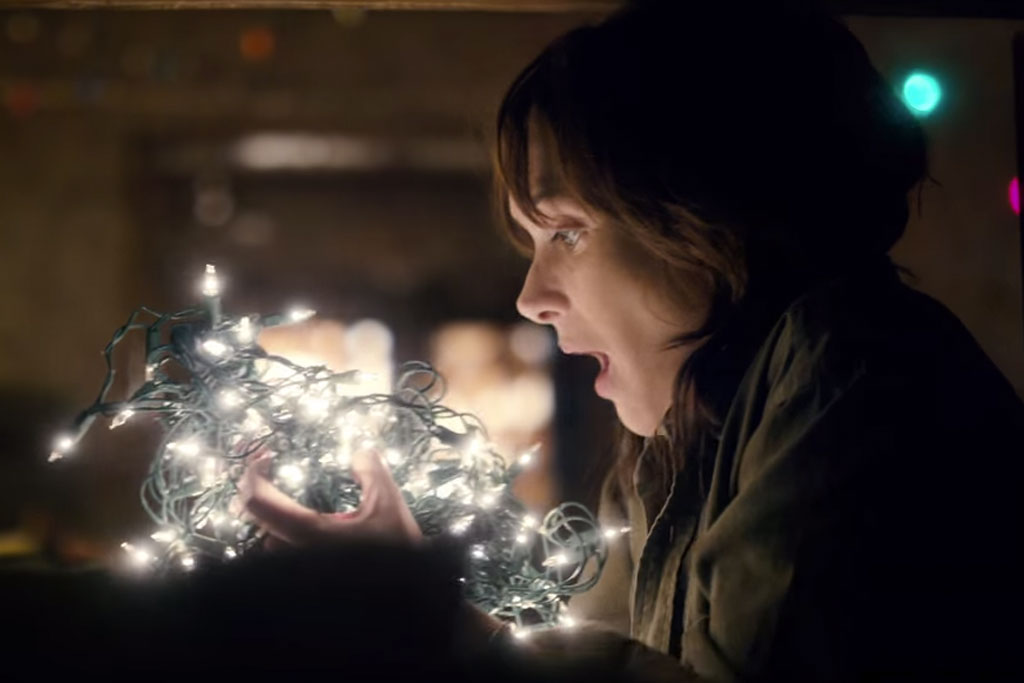Beyond The Hype, ‘Stranger Things 2’ Is Compelling And Intimate Sci-Fi
The Stranger Kids have returned.
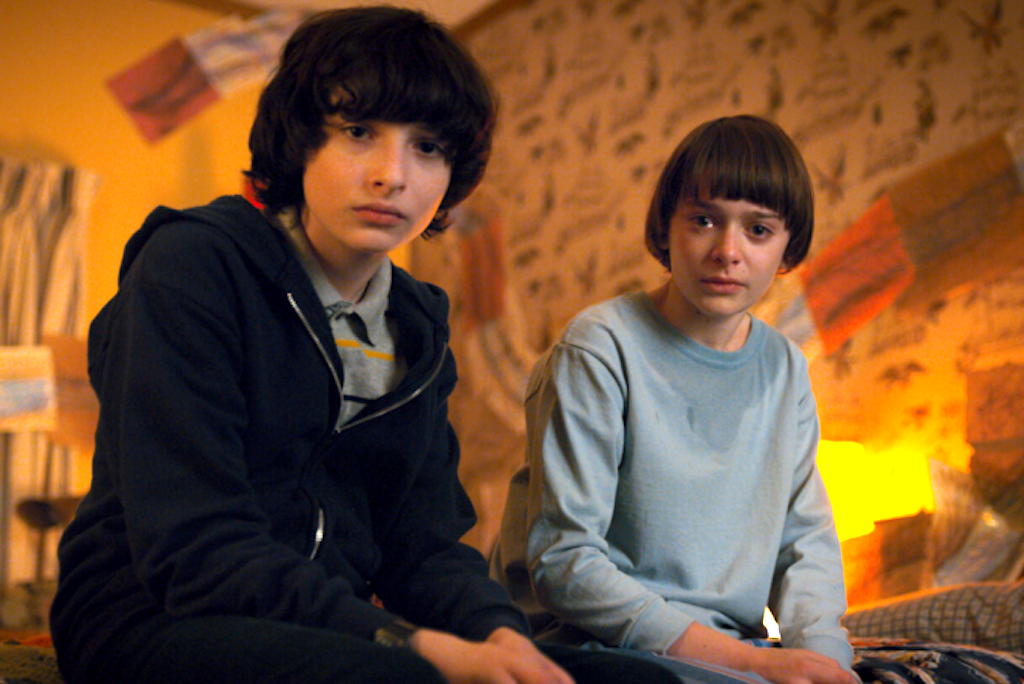
Nothing kills a neat idea like hype — something Netflix’s sci-fi juggernaut Stranger Things is now intimately acquainted with. The show arrived on the streaming platform with precious little fanfare in 2016, rising slowly from cult favourite to massive mainstream phenom purely via word of mouth and the Netflix “stumble upon”.
Soon, everything was Stranger Things. The series’ child actors dominated every red carpet during awards season, Winona Ryder enjoyed a well-deserved comeback for her commanding role as Joyce Byers, and everyone on the internet was talking about “Barb“, for some reason. (I never got the Barb thing, don’t @ me.)
As few cultural phenomenons are able to do, Stranger Things captured the imaginations of swathes of viewers for wildly different reasons. Some people liked the gauzy nostalgia, others the hardcore sci-fi, while many of us were impressed by the idea of a sci-fi drama centred on not one but two standout female performances (a rarity in the male-dominated genre).
When it was announced that Stranger Things would get a well-earned second season, the hype increased considerably. And it’s here things get a little shaky for the series: how does an accidental success story replicate what appears to be pure magic and good will for a second outing?
I approached Stranger Things 2 with a fair amount of trepidation, having just experienced how disappointing it is when a sci-fi sleeper hit (in this case, ABC’s Glitch) struggles in its sophomore year. And — at least in the clunky, cautious opening episodes — Stranger Things 2 does little to assuage this discomfort.
But once it gets going, Stranger Things‘ second season is able to cast off the hype and return to its original rhythm: as a compelling, expertly rendered and oddly intimate sci-fi masterwork.
The Nerds’ Return
Much was made in Stranger Things‘ well received first season about the show’s youngest stars: Finn Wolfhard (Mike), Gaten Matarazzo (Dustin), Caleb McLaughlin (Lucas) and the stand-out Millie Bobby Brown (Eleven, the girl with the shaved head you saw at least a dozen times last Halloween). And, yes, in a show with tonnes of things to love, the Stranger Kids were a real highlight.
Despite what you think about how they’ve become overexposed in the past 12 months, on screen they gave us compelling performances and something against which to anchor our curiosity. They were identifiable, funny, and zany.
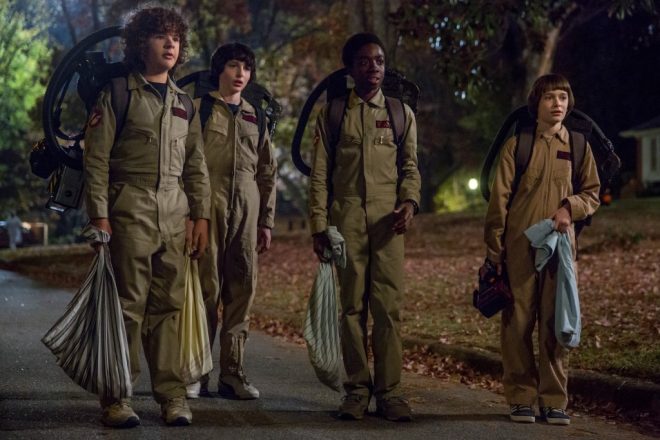
For the most part, Stranger Things 2 is careful not to overstep the boundary from loveable into grating with our core “Party” (Dungeons and Dragons talk, I now know from a brief check-in with my geek-adjacent boyfriend). The team has lost Eleven (last seen disintegrating after her successful battle with the Demogorgon) but they’ve had Will (the missing boy from season one) returned to them, and season two dives in on his life post-Upisde Down in a winsomely intimate (albeit creepy) fashion.
Noah Schnapp, who plays Will, didn’t get much of an opportunity to show off his chops in season one, but here he proves he can shoulder a great deal of the show’s increasing emotional burden. He’s utterly watchable — though it’s sometimes painful to see this pale, slender boy tremble and cry so convincingly — and he works well along the fragile but fearless Joyce (Ryder).

As for the rest of the gang, their need to be tender and cautious around Will means the show rarely overdoses on its own zaniness. The introduction of a new potential party member (Sadie Sink) as well as Will’s return shakes up the dynamic a bit, and provides an opportunity to give McLaughlin and Matarazzo more of a spotlight. The show still doesn’t quite know how to use McLaughlin’s priggish Lucas (unfortunate, considering he’s the main cast’s only person of colour), but Matarazzo’s odd pathos and neat comic timing both get a real work-out this season.
Then there’s Eleven who, thanks to the trailers , we know survived her battle with the Demagorgon and subsequent trip to the Upside Down. Separated from the boys and given trials and tribulations of her own, Millie Bobby Brown’s excellent performance in season one loses a bit of its interest and urgency in its second outing. She’s less kickass weirdo now, and more bratty Teen Twerp. Still, Brown’s divinely expressive face is welcome in a show that continues to be a Boy Overload.
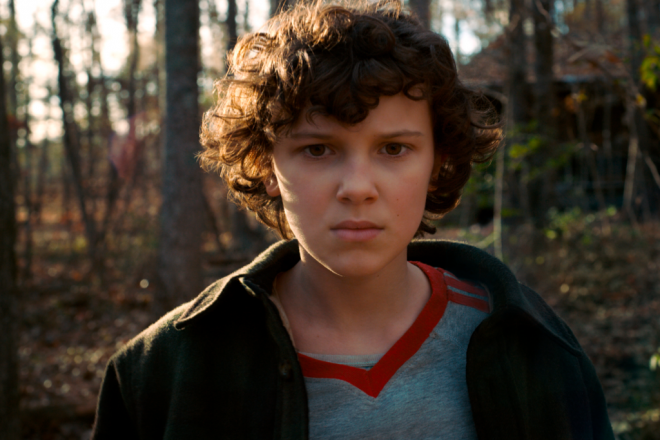
(My only other reservation is the insistence on extending the tired romantic subplot between Mike and Eleven from season one, something the show is less careful with than it should be. I mean, they are literal children, do we really want to watch Middle Schoolers fall in and out of love?)
Upping The Ante
There’s no getting around the fact that the Stranger Kids are still the energetic anchor for Stranger Things 2, but thankfully the show broadens out to explore a little more nuance in its grown-up supporting leads. This is because they provide a good deal of the plot propulsion — and the series is nothing if not determined to up the ante, genre-wise, in season two.
Though it initially feels as though the show is being cautious, perhaps even listless, in how it’s escalated things in Hawkins since season one, by episode four (the last available for me to preview) the drama is really kicking up a gear.
This is seriously good news. I mean, who even knew if the Duffer Brothers and Netflix had any real plans to continue the Stranger Things story after its relatively tidy ending in season one? It could’ve all stopped there; but I’m surprisingly glad, considering how infrequently this is the case with major success stories on TV and film, that it didn’t.
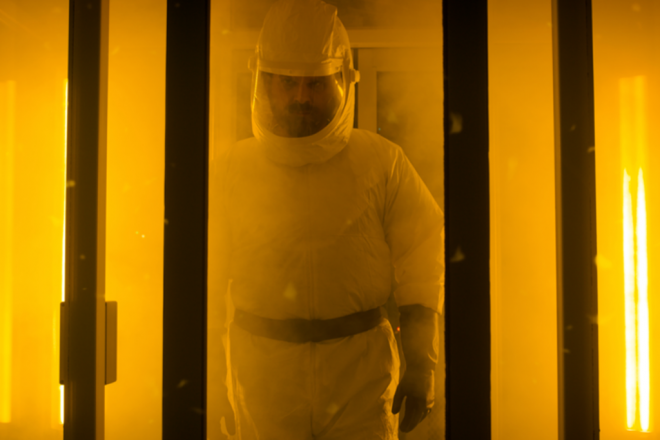
Much of the shadowy drama that haunts Hawkins is now centred on Will, who is still the bridge, in some sense, between the real world and the Upside Down. He is frequently caught frozen, having stumbled somewhere in his subconscious on the Upside Down, watching in horror as a massive tentacled, stormy monster approaches him. What that monster is and what it wants from Will is unclear as yet, but Will’s frequent bouts of frozen, fearful reverie (which Joyce and Will’s friends call “episodes”) are a portentous symbol of something wicked heading for Hawkins again.
Then there’s the grizzly Sheriff, Hopper (David Harbour), now somehow connected to The Department Of Energy as well as to the Byers family, who continue to lean on him for support. Harbour’s craggy face gives away very little, but he projects a foreboding sense of knowing more than you think he does, as well as the distinct impression that he’s simply doing his best to protect the Byers and the rest of Hawkins. Sure, Hopper is a huge cliche, but Harbour portrays him with such conviction, he remains one of my favourite characters to cling to in the series.
Of all its elements, the romantic tinges have always been the most half-baked aspect of Stranger Things.
Meanwhile, the older teens are playing out their tired love triangle — one of the most blah hangovers from season one. Nancy (Natalia Dyer) and Steve Harrington (Joe Keery) are still together, but Nancy can’t quite keep from running to Jonathan (Charlie Heaton) whenever she has problems dealing with the fallout of season one (in particular, the death of her best friend Barb).
I am bored to death of this story. Jonathan strikes me as mega-creepy, and the show did such a good job of redeeming Dickhead Steve Harrington (whose name can only be said in full, pop culture decrees it) in season one, I wish they’d just leave those two lovers be. Of all its elements, the romantic tinges have always been the most half-baked aspect of Stranger Things — in this way, the show should keep to its strengths.
I’m glad, though, that Keery’s Steve Harrington has been given a stronger emotional role to play in season two. Perhaps it’s the Duffer Bros rewarding Keery for his surprisingly nuanced take on a two-dimensional ’80s bully, and I am here for it.
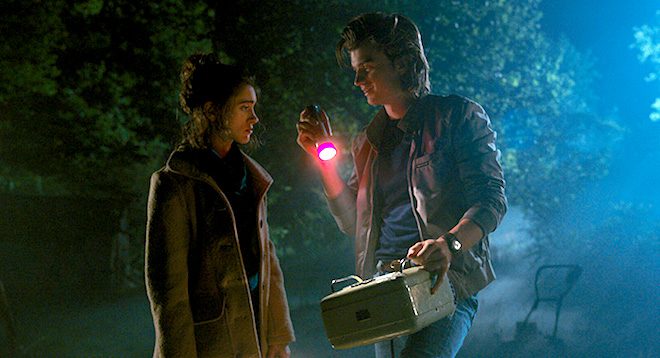
At its heart, though, Stranger Things isn’t just about monsters and geek madness — those are just its delicious genre trappings. What’s really at the centre of the series (and what makes it so authentic and captivating) is its examination of trauma and the resilience of the human spirit.
Everyone in Hawkins, from Joyce and Hopper down to Mike, Lucas and the rest of the party, is dealing with the emotional fallout of season one in their own imperfect ways. Often, that trauma manifests as physical — as it does with Will’s startling “episodes” — and often its a new emotional tic, like Dustin’s determination to care for an odd little creature he comes across in the trash (to say more would spoil it), despite everyone else’s reservations.
This trauma manifests most evidently in Ryder’s exceptional portrayal of Joyce Byers, a mother unlike one we’ve ever seen on television. In season one, her affecting, fragile portrait of a mother dealing with considerable loss and loneliness was tragic. In season two, watching her attempt the sketches of a normal life, while still struggling with the strangeness that sticks to her family, is equally gripping.
The addition of a new beau for her (played by the ever-affable Sean Astin, who will no doubt encourage some serious Stranger Things/Lord Of The Rings slash fic) helps tease out Joyce’s heartbreaking determination to be everything to everyone.
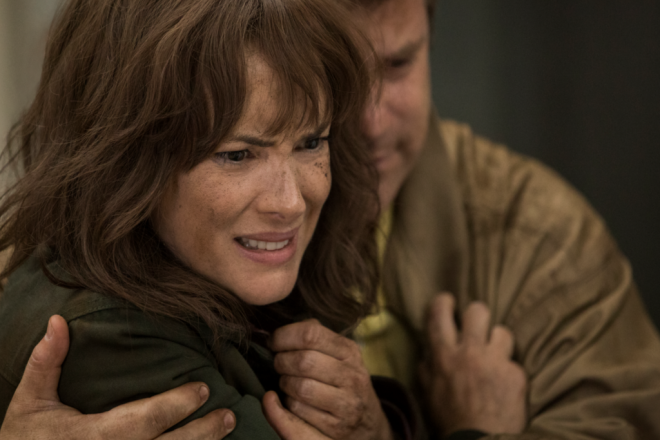
The best way to approach Stranger Things season two is this: ignore the hype, and settle in for the long haul. It does take a couple of episodes, but the show will earn the reminder of everything that made it so wonderful — and so obscenely popular — in season one. In truth, it’s still just a nerdy little cult insta-classic that became famous on accident.
In a world where everything is blown right out of proportion (it’s AMAZING! It’s TERRIBLE!) it’s worth holding onto the parts of culture that are unashamedly just what they are.
—
Matilda Dixon-Smith is Junkee’s Staff Writer. She tweets at @mdixonsmith.
